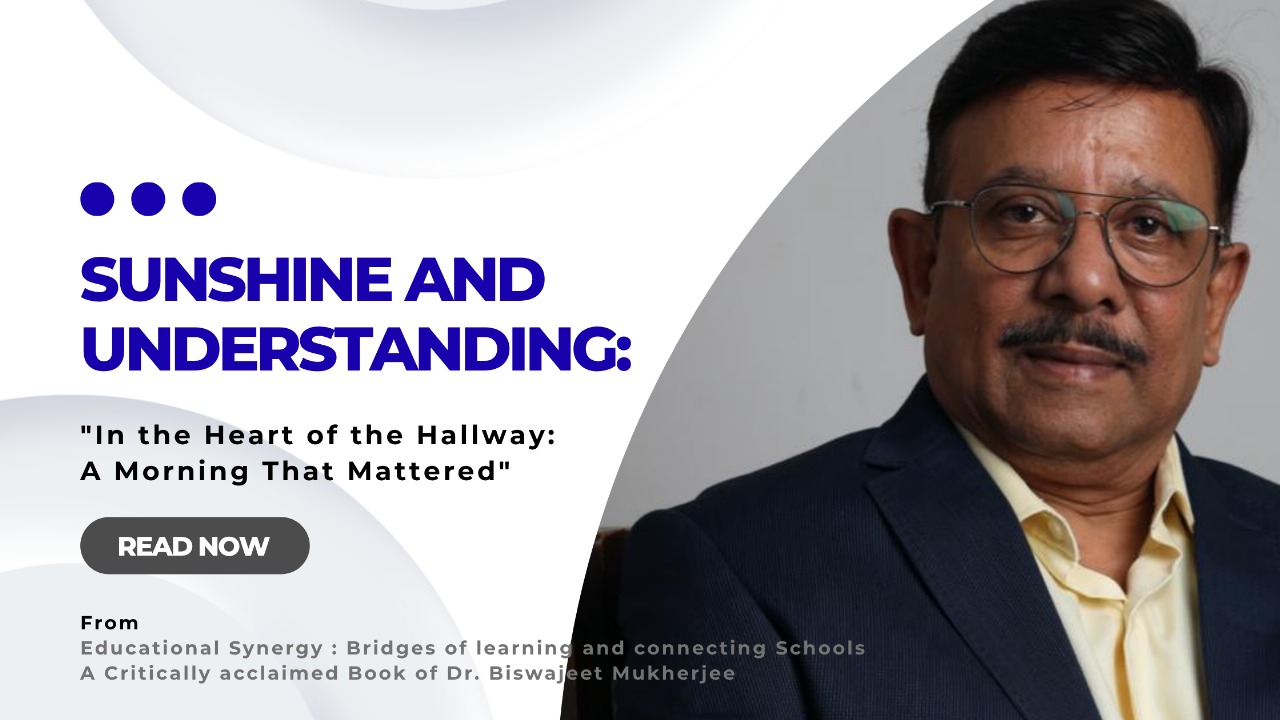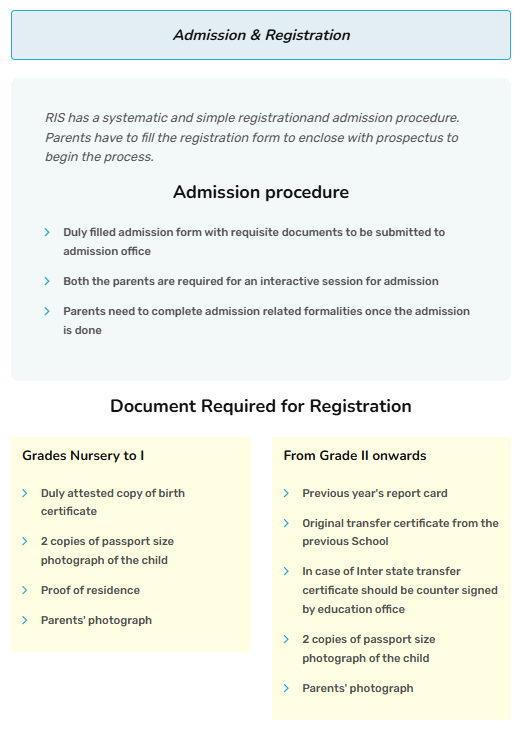Blogs Details
Case study that highlights the impact of effective or ineffective educational practices
Where did I miss it ?
Case study that highlights the impact of effective or ineffective educational practices
Sunshine and Understanding
http://www.drbiswajeetmukherjee.com
On a bright and sunny morning in Jabalpur, as I began my usual
round through the corridors of our renowned residential school, I could feel the day’s promise in the crisp air. The hallways were alive with the energetic chatter of students heading to their classes, and I took a moment to appreciate the familiar routine that started my day.
As I walked past one of the classrooms, my gaze fell upon a young boy from the Primary class standing outside the door. He looked incredibly anxious, his tiny frame trembling slightly. It was clear that something was weighing heavily on him. I stopped and approached him, my heart started softening at the sight of his distress.
“Why are you out here?” I asked gently, making sure my tone was as comforting as possible.
The boy’s eyes darted nervously towards me. “I didn’t finish my homework of the evening class,” he said, his voice barely audible. “The teacher punished me and made me stand outside.”
Understanding the situation, I felt a pang of sympathy. It was clear that traditional punishments, while common, often didn’t address the root of a child’s struggles. I gave him a reassuring smile. “Go back inside
and join your class. I’d like to speak with your teacher after the class, okay?”
The relief on his face was palpable as he hurried back into the classroom. I continued my round, but my thoughts were preoccupied with the boy’s predicament. It wasn’t just about the punishment; it was about understanding why he hadn’t completed his homework and finding a more constructive way to address the issue.
After the class, I met with the teacher. We found a quiet corner where we could talk without interruptions. I asked her about the morning’s incident, listening carefully as she explained her perspective. She mentioned that she had intended the punishment to instill a sense of responsibility, but I could see that she was open to discussing other approaches.
I shared my thoughts with her, emphasizing the importance of exploring alternative methods of discipline that could be more supportive. We talked about understanding the reasons behind the child’s struggle with homework—whether it was difficulty with the material or something else. It became clear that a more empathetic approach might better serve both the students and the learning environment.
As our discussion came to an end, I felt a renewed sense of commitment to fostering a nurturing and supportive atmosphere within our school. I knew that by working together and focusing on understanding the individual needs of our students, we could create a more positive and effective learning environment.
The sun was beginning to set over Jabalpur, casting a warm glow across the school grounds. As I walked back to my office, I reflected on the day’s events with a sense of purpose. I was determined to ensure that every child at our school felt valued and supported, knowing that this was essential for their growth and success.
Key Takeaways
- Empathy in Discipline: The story highlights the importance of understanding a child’s emotional state and the reasons behind their struggles rather than relying solely on traditional punitive measures.
- Constructive Communication: Engaging in open dialogue with teachers fosters collaboration and encourages exploring alternative disciplinary approaches that support student growth.
- Individual Needs Matter: Recognizing and addressing individual student challenges can lead to a more nurturing educational environment, ultimately enhancing their learning experience.
- Commitment to Improvement: The narrative underscores the importance of creating a supportive atmosphere in schools, where every child feels valued, promoting their overall development and success.
- Reflective Practice: The protagonist’s reflection at the end emphasizes the necessity for educators to continually assess and adapt their practices for the betterment of their students.
From
Educational Synergy : Bridges of learning and connecting Schools
A Critically acclaimed Book of Dr. Biswajeet Mukherjee








